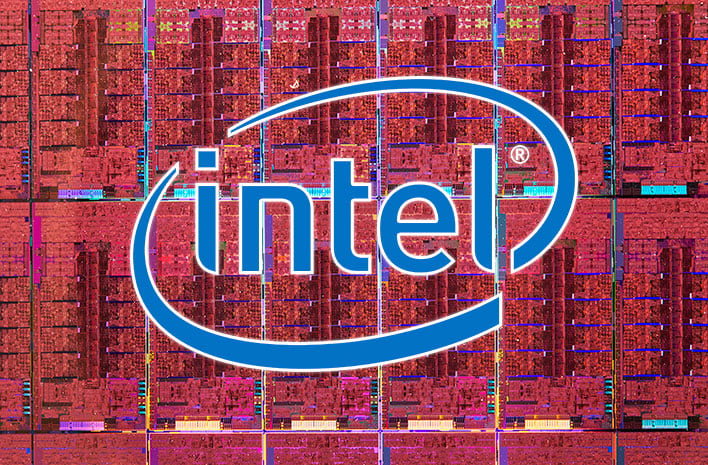Intel Eyes Quantum Realm For Breakthroughs To Propel Moore's Law Beyond 2025

A couple months ago, Intel CEO Pat Gelsinger said he would exhaust the periodic table if necessary to keep Moore's Law relevant into the future. We'll see if the engineers at Intel have to actually do that or not. Either way, Intel is confident it can propel Moore's Law beyond 2025 by tapping advances in chip packaging and pursuing breakthroughs in quantum physics.
Lest anyone thought Gelsinger was merely being hyperbolic, Intel doubled down on its "relentless pursuit of Moore's Law" during the 2021 IEEE International Electron Devices Meeting (IEDM) event, where the chip maker outlined a path to a more than 10x interconnect density improvement in packaging with hybrid bonding, as well as 30-50 percent area improvement in transistor scaling. Intel also discussed the need for "new concepts in physics" in order to "one day revolutionize computing."
"At Intel, the research and innovation necessary for advancing Moore’s Law never stops. Our Components Research Group is sharing key research breakthroughs at IEDM 2021 in bringing revolutionary process and packaging technologies to meet the insatiable demand for powerful computing that our industry and society depend on," said Robert Chau, Intel Senior Fellow and general manager of Components Research. "This is the result of our best scientists’ and engineers’ tireless work. They continue to be at the forefront of innovations for continuing Moore’s Law."
Intel credited a number of previous innovations for breaking the previous barriers of Moore's Law, including strained silicon, Hi-K metal gates, FinFET transistors, RibbonFET, and packaging innovations such as EMIB and Foveros Direct. But those will only take chip design so far.
Stacking multiple transistors will be key in "mastering the coming post-FinFET era" as Intel looks beyond RibbonFET. This is at the heart of its claimed 30-50 percent logic scaling improvement. But it's also researching how novel materials only a few atoms thick can take the company into the angstrom era.
It's part of a multi-pronged approach, one that involves "embracing the quantum realm" as Intel looks at potentially replacing classic transistors as we know them today.
"Intel is pursuing massive performance with silicon transistor-based quantum computing, as well as entirely new switches for massively energy-efficient computing with novel room temperature devices. In the future, these revelations may replace classic MOSFET transistors by using entirely new concepts in physics," Intel says.
As part of this, Intel demonstrated the world's first experimental realization of a magnetoelectric spin-orbit (MESO) logic device at room temperature. This, according to Intel, shows that it is possible to manufacture a brand new type of transistor based on switching nanoscale magnets.
Intel is also investing time, energy, and money into spintronic materials to one day realize a fully functional spin-torque device, and 300mm qubit process flows to pave the way for scalable quantum computing. To quote Matt Damon's character in The Martian, Intel is going to have to "science the s**t out of this. Or to put it a bit more elegantly, Intel is neck deep in intense research to ensure that semiconductor design continues to advance beyond the bounds of what is possible right now, and that Moore's Law stays relevant for years to come.


